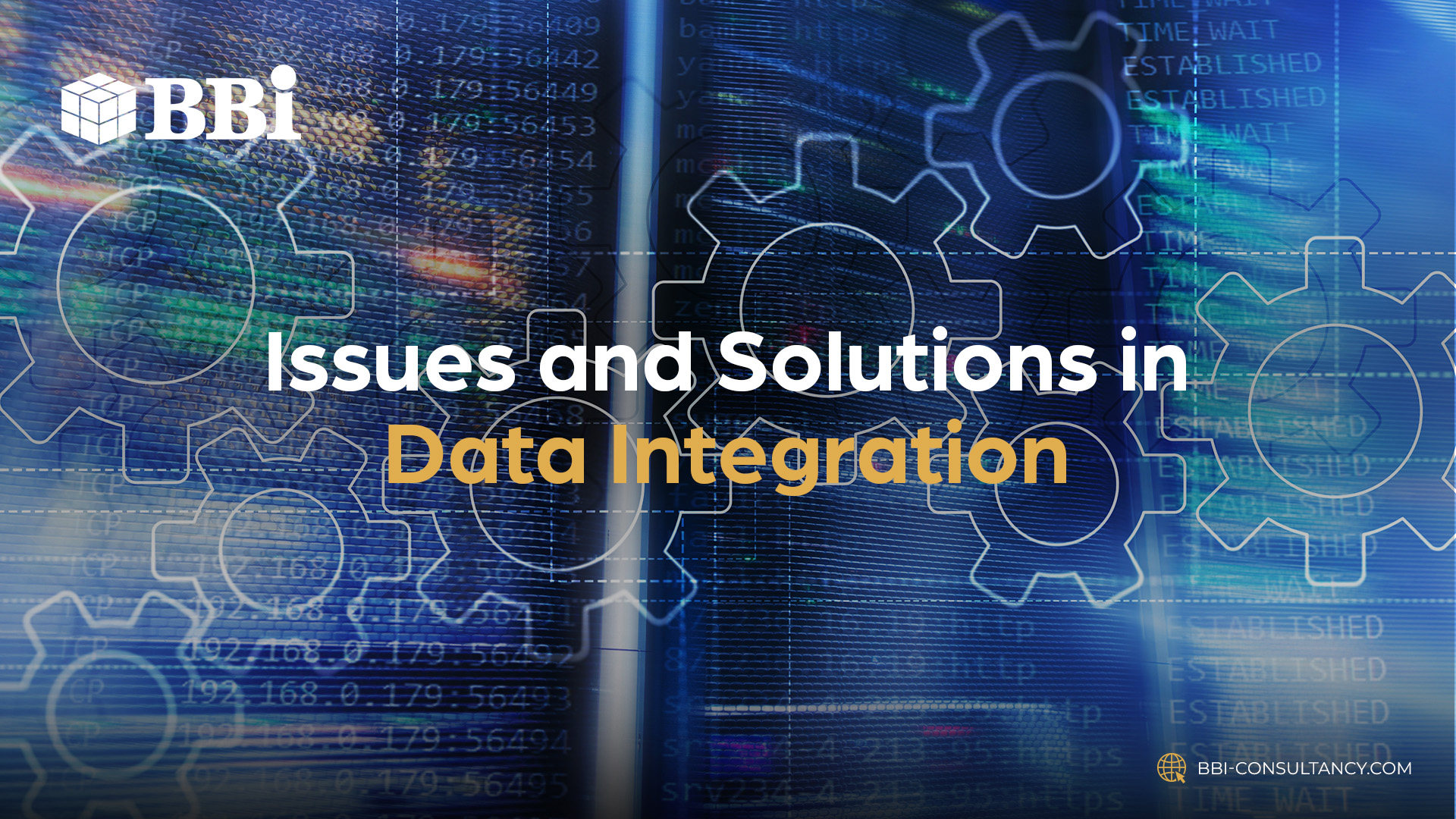

As a business owner, you collect a large amount of data daily, but what do you do with all the information? Will you be able to leverage and analyze the data you have? Having a data strategy enables you to maximize information and use it to continuously innovate and rise up to new challenges. One strategy you can implement is data integration.
What Is Data Integration?
Data integration is consolidating data from two or more different sources to create a single source of truth (SSOT). An SSOT makes relevant data more accessible to everyone on the team, improving transparency and communication. A single source of truth also ensures that your operations and workflows are standardized and that you’re able to carry out more accurate analyses. It prevents you from using data generated from silos, which may compartmentalize or filter out important information.
Some use cases of data integration include:
- Using data, like metrics, to monitor performance through a sales dashboard
- Creating a holistic or complete view of your customer
In theory, data integration seems simple enough. However, it’s not without its share of challenges. Let’s look at four of the most common issues in data integration and how to solve them.
4 Most Common Data Integration Issues and Their Solutions
- Inconsistent data formats or models
One of the most common data integration issues is having data with inconsistent formats or models. For example, one department saves their data in a particular format, while another tracks and displays data in a different way for analysis. Also, businesses use different software and database technologies, all of which can generate data in varying formats.
To ensure data consistency across channels, you can use enterprise-grade data transformation tools or analytics tools. A more cost-effective means to manage your data better involves having and implementing protocols concerning information handling, which can reduce any inconsistencies and improve the quality of the data in your database.
- Poor quality or outdated data
Not setting standards for data collection and management can lead to data that’s outdated or poor in quality. With the sheer volume of data that you have, it’s not impossible to come across inaccurate, invalid, outdated, or duplicate data, all of which result to inaccuracy and unreliability of your data sets.
To solve this, you need to check and scan your ecosystem for data that’s invalid or duplicates. Cleaning your database and developing an optimization strategy for data collection can minimize or eliminate information issues.
- Extracting value from all your data
Data can be used for a company’s strategic gains, provided that you’re able to extract value from the sheer amount of data that you currently have. How can you use big data to add more value for your customers? How can you leverage the value of your data to help improve your performance or responsiveness when it comes to addressing client pain points?
Being able to use data strategically by implementing a data enrichment strategy can pave the way for your growth. It can help you make informed decisions on business aspects like customer service or product development.
- Not having the right tools for integration
For data integration to work, your data should be synchronized across all the platforms you’re currently using. However, another common integration problem is not having the right tools for data integration. While you may already be using an application, this might not be the right one for your needs.
To determine whether or not a solution is the right one, here are some questions you can ask:
- Which of your data sets need to be integrated?
- How do you want your data to flow: one-way or two-way?
- Do you need constant and real-time access to your data or are you fine with trigger-based integrations?
Data Integration for Your Business
It’s impossible to grow your business intelligence and embrace true digital transformation without solving any issues in data integration you might have.
Transform your enterprise with BBI’s data-driven and industry-specific solutions. Contact us for your data integration needs.

